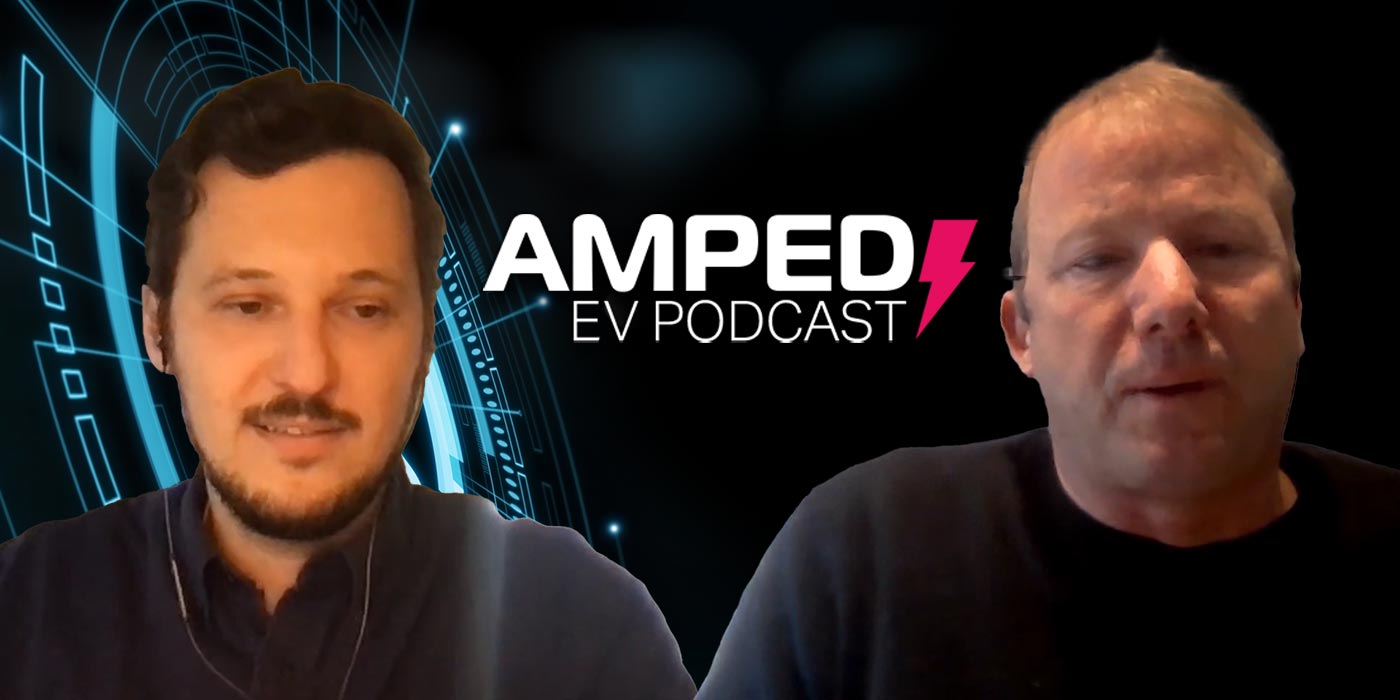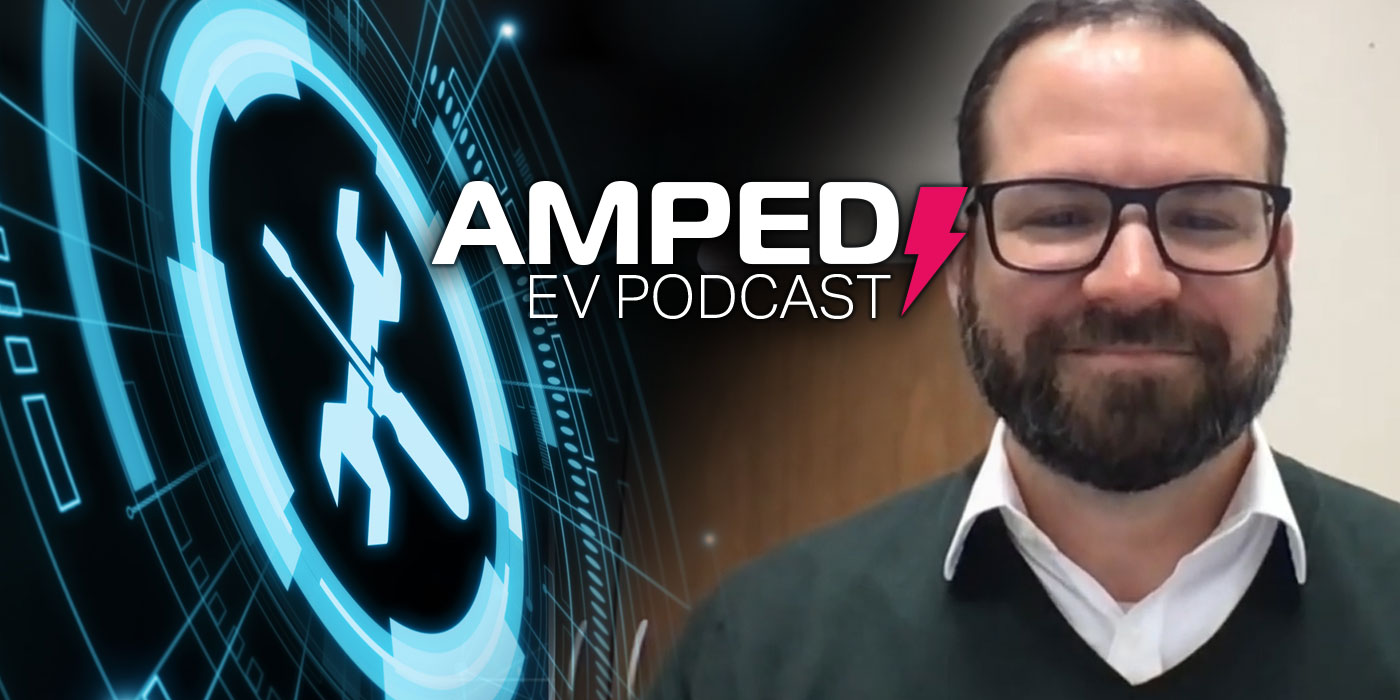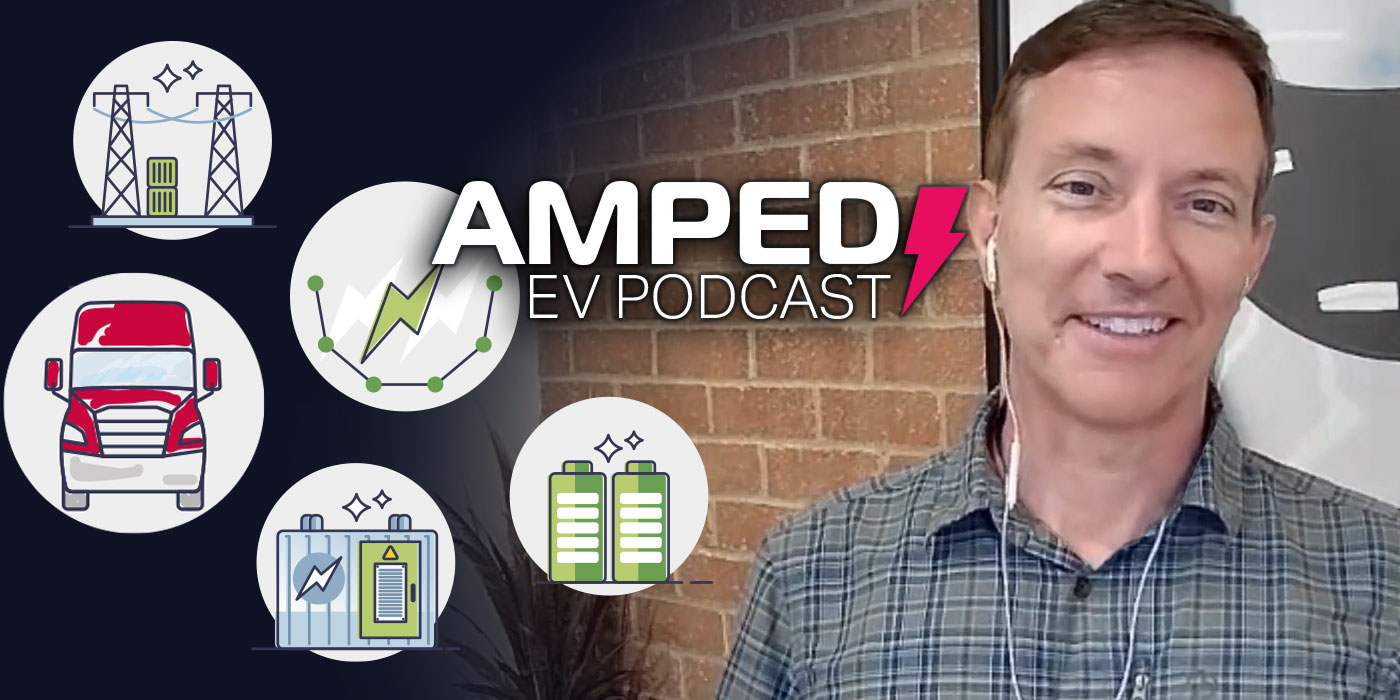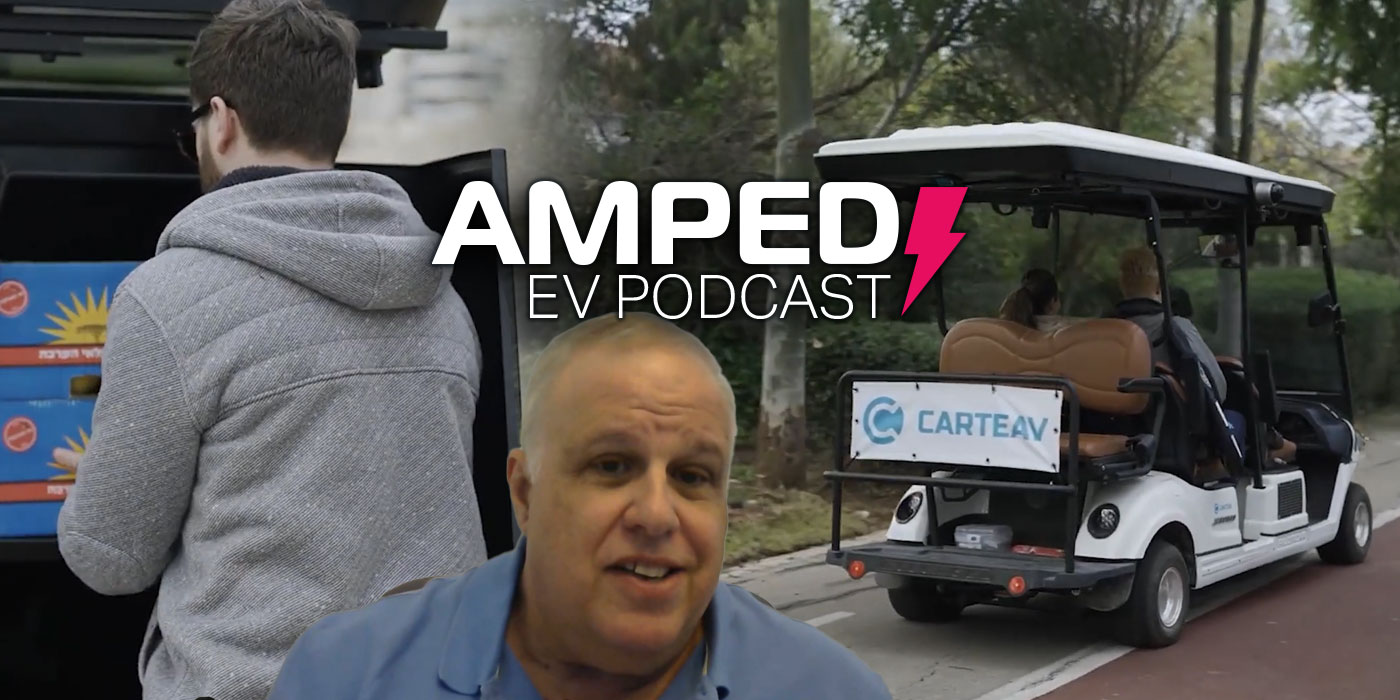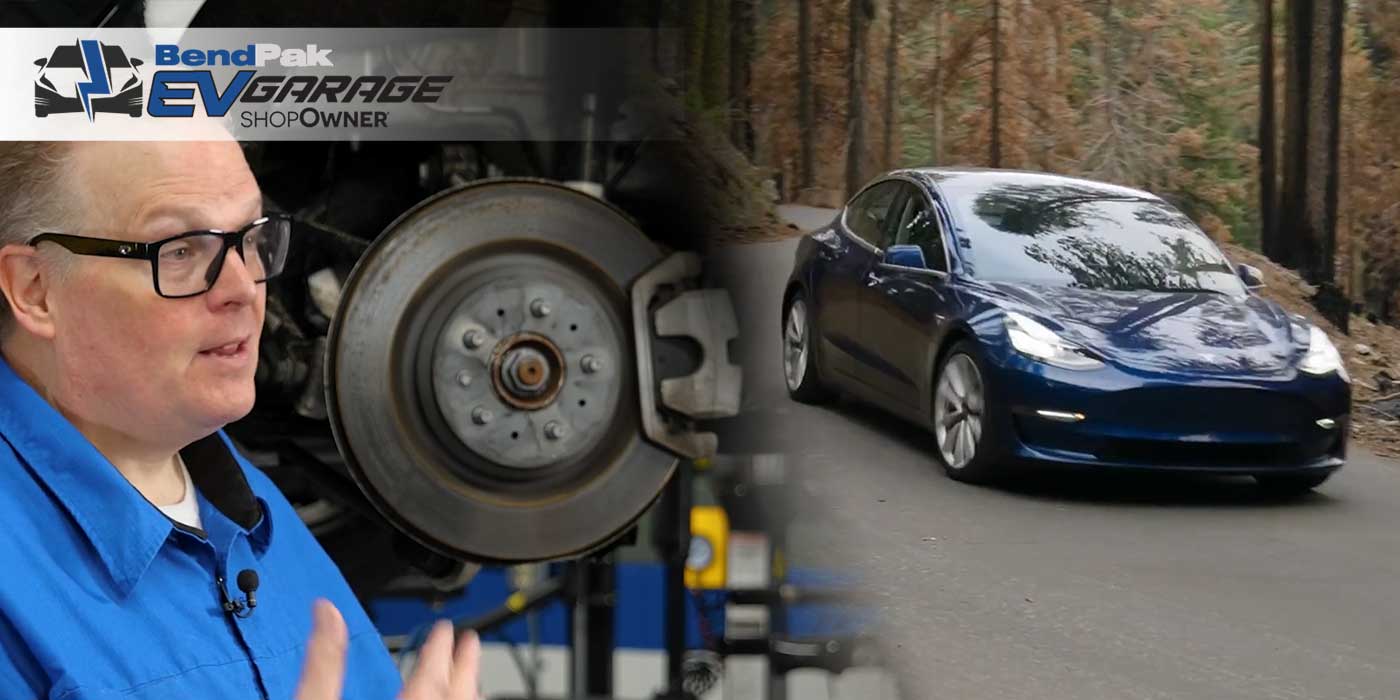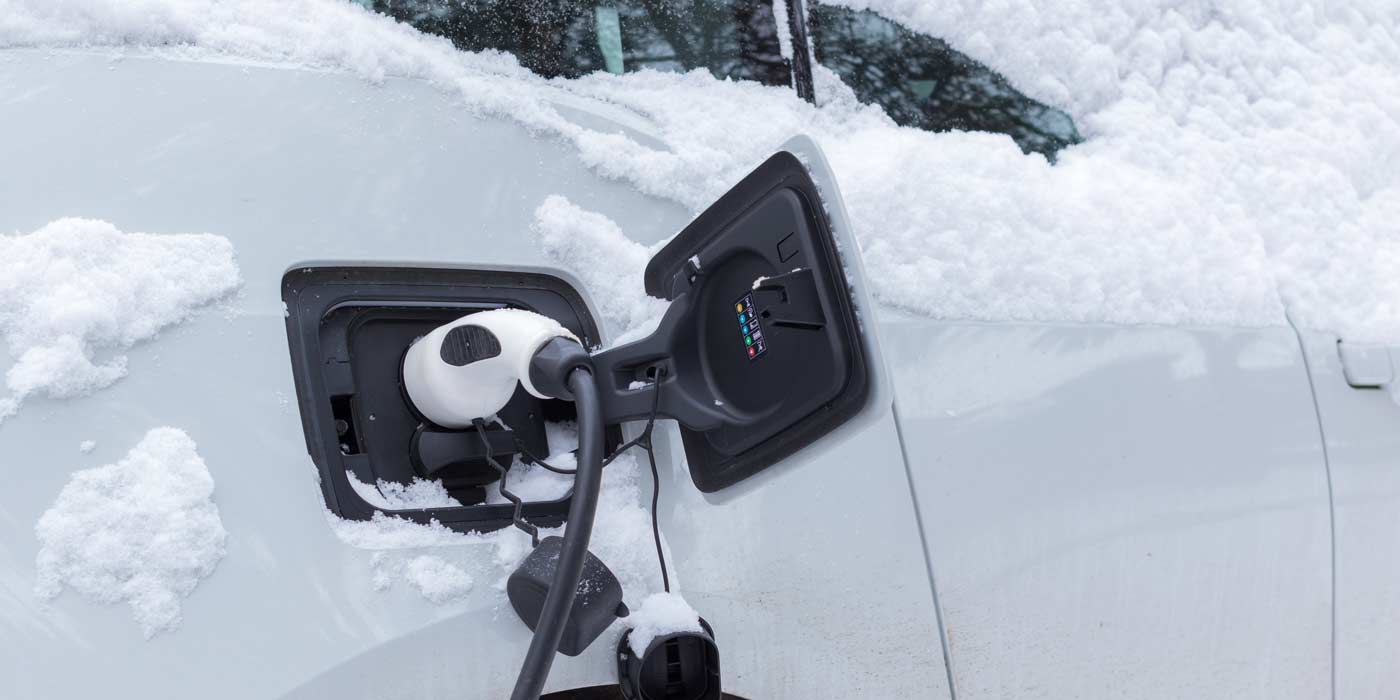As EV adoption grows, so too does the basic understanding of how these vehicles function. While it may still seem bonkers, EVs are managing to take us from Point A to Point B using only a few dozen moving parts, in stark contrast to the tens of thousands you may find in vehicles with internal combustion engines. As you could imagine, this ultimately leads to fewer opportunities for something to go wrong, thus saving the owner a few dollars on repairs and maintenance over the lifetime of the vehicle.
However, throwing a wrench into this penny-pinching dream is the fact that the technology found in today’s EVs is fairly new and generally more expensive to repair.
“In your typical ICE vehicle, you may have 20,000 individual and moving parts. In an EV vehicle, you may have 20 to 50 moving parts. The failure rate for those parts may be much smaller, but the cost to repair those parts is much, much higher right now,” says Joshua Sonnier, vice president of product and strategy realization at insurance provider Assurant. “As with any new technology in its infancy, the cost to repair is much higher. So, from our standpoint, it actually gets you or the consumer to about the same risk profile.”
In this episode of The Amped EV Podcast, Sonnier talks us through reasons why an EV might find themselves at their local auto repair shop, as well as how often, and also discusses factors that drivers have to weigh beyond the sticker price when it comes to overall vehicle value.
Want more Amped EV podcast? Click here.
Here’s a transcript of the show:
David Sickels: Hello, and welcome back to the Amped EV podcast. My name is David Sickels, and I am the editor for The Buzz.
Nadine Battah: I’m Nadine Battah, and I’m the multimedia senior editor for ShopOwner. I’m very excited for today’s conversation.
David Sickels: So am I, because this is one that we haven’t had before with anybody. It’s kind of in its own niche as far as the EV world goes: Insurance. Now, don’t roll your eyes at insurance, because this is actually big stuff here. So who we’re talking with, it’s Assurant, and Assurant, what … We’re not talking about liability insurance here. We’re talking about insurance for the parts on the actual vehicle, and you might think, “An EV does not have that many moving parts. Why would you need this?” Well, that’s why we’re talking with them.
Nadine Battah: I’m excited to hear from them and see what makes them different than collision insurance.
David Sickels: Oh. Yeah. Yeah. For sure, and he has some really interesting data points to point out with EVs and why this kind of thing might be important. So today, we’re talking with Josh Sonnier. He is the vice president of product and strategy realization at Assurant. Want to get to it?
Nadine Battah: Let’s do it.
David Sickels: Josh, thank you so much for joining us today. Really appreciate you taking the time. Can you tell us a little bit about Assurant and what led you down the path to realizing that EV drivers would need insurance that’s specific for them?
Joshua Sonnier: Of course. Of course. Well, first of all, thank you for having me today. We at Assurant are a services company that primarily support, connect, and protect consumer purchases. So we have multiple business lines that will focus on mobile devices, connected living devices, so smart appliances, and things like that. Then, noteworthy of today’s podcast, of course, is our automobile protection and our automotive business. So we will offer things that are different from your traditional insurance carriers who focus more on collision damage, personal injury, liability, things like that. We focus on protection services, so vehicle service contracts, what we call ancillary products, similar to tire and wheel contracts, paintless dent repair, things that are focused more on the mechanical aspects of those consumer purchases to ensure that they are functioning the way that they should be the day that the consumer purchased it and with their expectations.
So with that, we’ve focused on ICE or internal combustion vehicles for seemingly 50 years, but in the past 24 months, we’ve really focused on EV vehicles, because everyone’s seen it. Our society is warming up to electric vehicles. I mean, I’m sure the two of you understand. Electric vehicles, in some form or fashion, have been around for a hundred years through different iterations, but with different countries and states having different regulations and OEM manufacturers really doubling down on EVs, we, as our company, wanting to protect those consumer purchases and making sure that consumers have a great journey with their purchase, we’re now focused on that. That’s really led us down a number of different paths that really have culminated in a new product that we recently brought to market, our EV One Protection.
Nadine Battah: Awesome. You briefly mentioned ICE vehicles. EVs have different parts than ICE vehicles. What should EV drivers be aware of that they might not know about in terms of EV wear and tear, and what tends to be covered in their standard OEM warranty?
Joshua Sonnier: Yeah. So it’s funny, because you are absolutely correct. In all of our research, and we’ve got partnerships with a number of dealer franchises and OEMs here in the US and internationally, so we do get a lot of data as far as the number of parts or components that make up EVs versus ICE vehicles. In your typical ICE vehicle, you may have 20,000 individual and moving parts. In an EV vehicle, you may have 20 to 50 moving parts. So it really is a small number of parts. However, the failure rate for those parts may be much smaller, but the cost to repair those parts is much, much higher right now. As with any new technology in its infancy, the cost to repair is much higher. So from our standpoint, it actually gets you or the consumer to about the same risk profile. So half as many failures, but repairs that cost twice as much. So that’s one thing I would want consumers to know.
The other thing I would want consumers to know is something that most people probably don’t think about when they purchase an EV. Of course, everyone is focused on the battery, and we can talk about that in a moment. You also will probably focus on some of the more innovative parts of the EV, the software, the LCD screens, the things that everyone gets excited about just in our day-to-day society. But it’s the things that you might not think about, and the first thing that I would promote are the tires on the EV vehicles, not something you would think about, most people, but with the weight of EV vehicles being much, much higher, comparatively, to ICE vehicles. The batteries that are in these vehicles weigh thousands of pounds.
The tires that come on the vehicles are made specifically for those EV vehicles, but tires are normally something that consumers will go to an aftermarket provider, a non-dealer franchise to replace. If they’re not careful and don’t replace them with tires that are designed for EV vehicles, a tire that’s rated for a 20,000-mile lifespan may be decreased to 15, maybe even 10,000 miles with an EV vehicle that it wasn’t designed for. So that’s just one example, but anything that affects the unsprung weight of the vehicle, so shocks, springs, coilovers, brake pads, things along those lines. Something that is in that nice area of consumer wear and tear and something that typically you may not go to a traditional dealership for or an OEM to have replaced are things that I would ask a consumer to keep in mind with an EV vehicle purchase.
David Sickels: Josh, it’s interesting that you mentioned tires there. I know somebody who owns, I believe it’s a Tesla Model 3, and she just replaced her tires after only about 10,000 miles. I think you said 10,000 to 15,000, so that seems spot on there. You had mentioned the risk value for the ICE vehicles versus the EV is right about the same. Does that mean that what you might be spending when you go in for maintenance and repairs on an EV might be right about the same as you would be paying for an ICE vehicle over the life of that vehicle?
Joshua Sonnier: Well, full disclosure, I mean, the jury is still out on this. So everything that we do today on behalf of the consumer and OEM and the manufacturers is definitely our best educated guests. But for us to say that we’ve got the absolute answer to this would be a little bit misleading. So I don’t want to do that. I mean, with ICE vehicles, we’ve got 50 years worth of data spanning millions, maybe even billions worth of vehicles and repairs experience and so on and so forth.
With EVs, it’s all in its infancy. But with all of that said, I would say early indications are that you’ll probably have half as many repairs. So you won’t go into the dealership or the repair facility as much as you would with an ICE vehicle, but consumers, at least in the early phases of adoption, should expect the repairs to be significantly more than they would be for a comparable ICE vehicle repair, maybe even twice as much as what they would see today.
David Sickels: Do you see a lot of those repairs being with some of these parts that maybe aren’t necessarily a moving component? Maybe it’s something like the battery or something else where you don’t think of it as having these moving parts that are more likely to fail on an ICE vehicle?
Joshua Sonnier: It could be, and possibly would be. I will say, and batteries are always the first topic of conversation with EVs, just because it really is the focus from a repair perspective and a cost perspective. Some batteries are approaching, depending on manufacturer and whatever performance or kilowatt hours associated with the battery, those could approach 30 to $40,000 to replace. Replace is really the operative word right now, because although strides are being made by certain manufacturers every day, right now, the consensus is that if a battery fails, there really are limited avenues to repair. It’s more a just replace it with a new battery and move on.
So that’s why you’ll see those significant repair costs from consumers, but we’re very encouraged. I mean, you’re starting to see the end of life cycle with the initial Chevy Volt and Nissan LEAF vehicles that were introduced in 2010, 2011, 2012, and the battery technology that exists in some of the newer models that you’ll see coming out in the next 12 to 24 months, the battery chemistry and architecture from those two different vehicles is night and day. So just because consumers may have had a bad experience with a previous generation or heard stories from someone who had a bad experience, that shouldn’t translate to the EV vehicles of the here and now.
Nadine Battah: Awesome. To continue on the general consensus of things, you recently debuted the responses to a four-year EV consumer sentiment survey. That survey indicates that 57% of non-EV owners would not be willing to pay a premium for an EV, expecting to pay $30,000 or less. What do you think these low-cost expectations mean for EV adoption over the short term?
Joshua Sonnier: Well, to say that it has no barrier on the short term would be foolish. I’m not one to dispute the results of the survey. I’m sure those individuals in that percentage definitely feel that an EV is something that should be lower-priced. However, I will say that we’re in a unique spot in the life cycle of EV adoption, because you have a lot of competing interests at play. You have governmental regulations that are forcing the adoption of EVs a little more than consumers or the free market would absent those regulations. You also have OEM manufacturers who are moving forward with the introduction of a number of new EV vehicles, once again, absent what the free market would do on its own.
But for a consumer to say, “Look. The $30,000 is really the limit,” that may be the case. However, there’s a lot of factors that you have to weigh in on beyond just the sticker price of the vehicle. What are the savings with an EV vehicle versus increasing gas prices? What about potential tax rebates depending on where you live, especially with the new infrastructure legislation that was passed last year? Those are all things that have to be accounted for for a consumer to make a really informed decision.
Beyond that, it is something that we have to factor in, that, frankly, all of the EVs that have existed, really up until now, have been more skewed towards the luxury end of the spectrum with luxury prices. Those have been targeted more at the consumer that wanted to inform themselves and be on the early adopter or the cutting edge of EVs. I think now, with the switch to some lower-priced EVs with, still, high quality is now introducing it to those individuals who did respond, “I really have no interest above $30,000.” I think you’ll see those in the medium term start to educate themselves and be educated by OEMs and dealer personnel, dealer franchise personnel, where they’re now more receptive to that purchase.
David Sickels: Josh, I wanted to ask you more details on your EV One Protection insurance plan. You’d mentioned it earlier. Can you tell us a little bit about this plan, and how did this survey that you sent out, obviously you spent a lot of time on it, how did that influence this insurance plan?
Joshua Sonnier: So it’s definitely influenced by the survey and previous iterations of the survey that we’ve done, not just this latest version, and we started the product design for this from the consumer’s perspective. If it’s not good for the end consumer, then it’s something we have, really, little to no interest in bringing to the marketplace. So with that in mind, we designed a product that, first of all, indications in our polling and surveying was that consumers wanted peace of mind when it came to the battery. Now, that that’s somewhat of a juxtaposition, because OEM manufacturers warrant the battery in today’s EVs for quite a long time when you compare it to the ICE analogs. Most of them are somewhere in the neighborhood of eight years and a hundred thousand miles. That’s a substantial amount of warranty from the OEM manufacturer.
However, even beyond that, consumers were saying the average age of vehicle on the road today is 11 to 12 years old. Most people drive 15 to 20,000 miles per year here in the US, depending on the market. So you do the math real quick, and even that eight years, 80,000 or a hundred thousand miles isn’t going to cover it. So we designed coverage that, as far as the battery itself, it is covered up to 200,000 miles and up to 70% of the actual usage and ability that it rolls off of the line with, so 70% capacity, 200,000 miles. That’s quite substantial for a consumer.
We also wanted to ensure that … There is a stigma with some of the products in our industry that there are, quote-unquote, “hooks.” We wanted to ensure our product doesn’t have any hooks. So whether it’s a $5,000 battery replacement or a $40,000 battery replacement, like I mentioned earlier, there’s no limit of liability on that from a battery cost perspective. So a consumer doesn’t purchase something, and they think, “Well, my battery’s going to be covered if it does fail in that unfortunate circumstance,” and then they find out, “Oh. Well, it’s only going to cover the first $10,000.” We wanted to make sure that we weren’t catching customers in that scenario.
What we did on top of that is we wanted to ensure that consumers understand that there are more areas to an EV purchase than just the battery, just the typical components, where we started our interview today with some of the things that you don’t think about, some of those wearable items. So we afford coverage to consumers on some of those things, as well, while the OEM manufacturer is covering most of the potential battery failure risk, so things like wiper blades, brake pads, alignments on the vehicle. Those are all things and areas of protection that you’ll find in our EV One contract. So those are just a few of the things, and we try to keep the rating simplistic, just to make it easy to understand and get away from the legalese that you normally see in these contracts. So we hope, and early indications are, that consumers love the protection and are purchasing it on their EV vehicle purchases.
David Sickels: Really interesting, and just a follow-up question to that. Is your target audience for this plan, is it really the individual consumer, or do you have plans for maybe fleets of EVs, as well?
Joshua Sonnier: So we do afford protection for both groups. We do have offerings for fleets and for individuals, but our core directive is if something is good for the end consumer, it’s typically good for fleets, as well. So we always start with good coverage is good coverage, no matter who the end audience is.
David Sickels: Well, hey, really appreciate you explaining all of this to us and taking the time and being here. I learned a lot. Thanks a lot, Josh.
Nadine Battah: Definitely. Thank you.
Joshua Sonnier: Well, once again, thank you for the opportunity, and great to share some of this information with you.
David Sickels: Thanks a lot. Take care. Wow. Okay. That was great.
Nadine Battah: I love that. It’s very interesting.
David Sickels: What’d you learn?
Nadine Battah: I thought it was really interesting how he mentioned that although the failure rate is less for these parts, the cost can be just very, very high.
David Sickels: So much higher, and we’ve talked about that before, where there’s this technician shortage, and then there’s the even more in-depth EV technician shortage. And so these shops, they’re charging more for this kind of service. It’s not that common anyway. So yeah. It makes total sense that a lot of these repairs and the maintenance is going to cost higher on an EV than it would for an ICE vehicle.
Nadine Battah: Right. I thought Josh did a great job of explaining why an EV owner could look into potentially investing in something like this for their own EV and why this could be better in the long term, and as well as just the overall fact of having an EV, how that can kind of be an overall better thing for you in terms of cost and efficiency. So I thought he did a great job today.
David Sickels: Yeah. Absolutely. I mean, I think one of the points that he made was you can’t just look at that first sticker price. You know?
Nadine Battah: Right.
David Sickels: I mean, you’ve got a factor in the gas prices and all of these different things that might end up saving you money in the long run, whether you’re a consumer or you’re buying for a fleet. Trying to look at all these individual price markings… It’s really important for you your overall cost here. Something like this, I don’t know that it’s right for everyone, but for a lot of people, I think having this kind of supplemental insurance is going to go a long way for them.
Nadine Battah: Thanks for having me. Thanks for having me, David. It was a blast.
David Sickels: Please. I’m amped to have you.
Nadine Battah: You did it.
David Sickels: We’ll see you next time.






